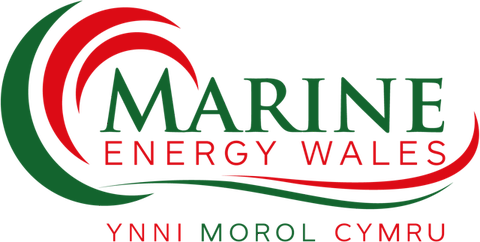Aquatera: Delving into the Depths of the Pentland Firth and Orkney Waters
Increasing numbers of marine energy developers are calling on local expertise as they embark on the huge challenge of generating marine energy in the Pentland Firth and throughout Orkney’s waters.
The area around Orkney and along the north Caithness and Sutherland coasts contains vast energy reserves – as well as some of the most turbulent sea conditions to be found anywhere on the planet.
Stromness-based consultancy Aquatera is working with many of the companies involved in developing these pioneering wave and tidal projects.
“We’ve been actively surveying the seas around Orkney for many years,” explained managing director Gareth Davies.
“In the past that work often had a generally calm focus as we looked for safe channels for cables and pipelines, and sheltered waters for cargo transhipment operations.
“These days our teams are out at sea actively gathering detailed knowledge of far more hostile waters that are suitable for wave and tidal energy developments.”
Survey work undertaken by Aquatera in the region has highlighted:
- Seabed canyons 50 meters deep – sufficient to swallow five houses piled on top of each other.
- Seabed storms of highly turbulent water.
- Dynamic shell sand banks, shaped into complex wave formations that are worked by the tide, circulate on the seabed and are also home to large populations of sand eels.
- Tidal streams running at five metres a second – faster than most of us can run.
- Previously unrecorded patterns of bird behaviour and distribution.
- Giant waves in tidal over falls that can toss large ships around like corks.
“Our wealth of practical experience means we can provide developers with a clear understanding of both the physical conditions and the environmental sensitivities of working in areas like the Pentland Firth, the Fall of Warness and the exposed seas to the north west of Orkney,” said Dr Davies.
“Our aim is to ensure that marine energy development takes place at the best sites – that it’s safe for both people and wildlife and successful for energy production.”
In all, 38 companies notified their interest in creating tidal energy projects in the Pentland Firth.
“We’re working with a high percentage of those companies and it’s clear from their responses that they appreciate the depth of insight we can give them,” he added.
Both before, and certainly once seabed leases are awarded, Aquatera anticipates that demand for this kind of support will increase as developers look for more detailed information about the specific areas where they’ll be operating in the long term.










